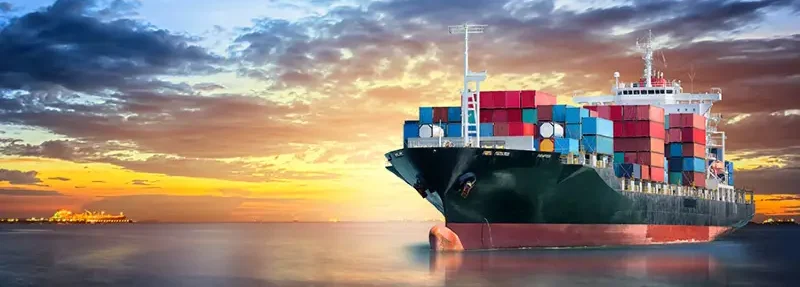Kiwi firm powers world's mission-critical activities — Exporter Magazine

A fast-growing, yet low profile, New Zealand company prides itself on being the power behind some of the world’s most mission-critical activities.
Its ability to monitor and manage mega banks of batteries pulled into service almost literally at the drop of a switch in the event of a power outage, is seeing PowerShield growing at around 30% year on year and putting increased effort into R&D.
Len Thomas, PowerShield CEO, says whilst the concept of battery management and monitoring lacked glamour, it made up for that in its application.
“We’re working with organisations that have us pinching ourselves,” he said. “We’re providing our services to NASA and to Whitehall’s Ministry of Defence bunker, as well as Microsoft and, our largest installation for Huawei in China. They have one thing in common, the need to be certain that if a power outage occurs, they will be up and running at full capacity immediately.”
Thomas says the Hong Kong light rail project was a good example, where the organisation could not afford any disruption to its service, both in terms of passenger movements as well as corporate reputation.
“Equally, we work to ensure emergency communications are always available, for organisations such as the San Diego Sheriff’s Department. And a guarantee of back-up power is critical for operations such as airports and air traffic controllers.”
The impact of a lack of power was highlighted for Aucklanders in 1998 (and earlier this month) during the five week-long power outages in the central city where four failed cables disrupted around 60,000 office workers and apartment dwellers, and temporary power was sourced from generators or ships in the container port.
In its simplest terms, Thomas uses the analogy of having a torch for emergencies, but failing to ensure the batteries are usable. In commercial operations, such as hospitals, airports, and data centres the company services, battery systems are the most popular backup power source. But, he said, whilst there is generic understanding of the need for monitoring where backup power is critical, battery management is relatively recent.
A good battery management system will monitor the battery system both as whole and individual cells for critical indicators from operational measures (voltage, environmental conditions) and charge/discharge. Combined, they detect degradation and predict the ‘end-of-life’ proactively, rather as a failure when called into action.
However, according to Thomas, many organisations buy battery monitoring but unless someone takes ownership and processes and analyses the data he believes they are not getting value from battery monitoring.
“Because of this, we’ve started a Remote Reporting Service where the battery monitoring data is sent to a secure PowerShield server on a daily basis. Monthly and quarterly reports are prepared for the user with recommendations on preventative maintenance and service, which allows a battery management programme to be implemented.
PowerShield assists Auckland’s Watercare with battery monitoring for communications from the urban water reservoirs, and Meridian’s wind farms monitor the condition of the batteries and identify any weakness in the battery bank. The company also works with financial and stock market news institution Bloombergs, whose systems are small but widespread throughout Europe, the Middle East and Africa, UK, Israel, Spain, Greece, and Scandinavia.
Thomas also notes the global growth of the data centre market across both large and small data centres, with CAGR of 6.4% to 2019, and highlights the potential growth in Asia Pacific markets. He believes these hold big potential for PowerShield.
“We first broke into the data centre market, which gave us a 40% lift in growth, thanks to half a million dollars in funding from FRST that enabled us to add systems to measure and verify the internal connections of the battery.”
PowerShield is already well established in Asia Pacific and Europe and aims to have an increasing share in the North American market, providing continuing growth opportunities into the future.




